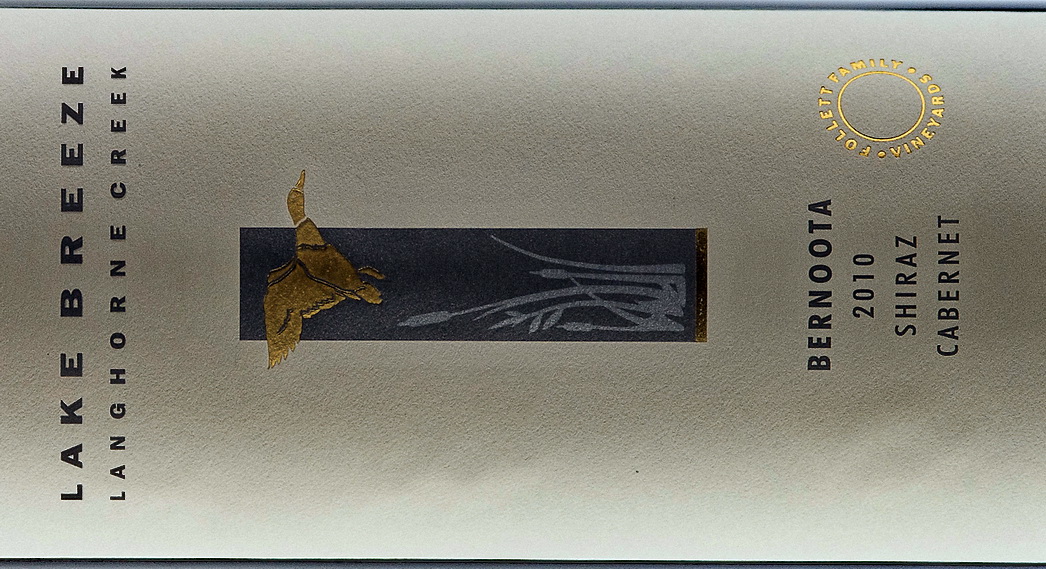Yalumba wins Great Aussie Red Competition with a wine we CAN’T BUY
I’ve railed against reviewers writing about wines you can’t buy. I’ve even asked them why they do this, when it only serves to frustrate consumers out there in the real world. Reviewers say it’s not their problem that wine companies send them samples months before the wines are released. They just review whatever samples they’re sent, on their mindless production lines of tastings. The wine companies send their samples out so they can stick good reviews in their press releases.
At BWU$20 we only review wines you can buy
The wine industry has always served itself long before it’s served us, the people who buy their products. I cannot think of another industry – with the exception of politics – that treats its customers so shabbily. Wine shows and wine comps are no different: The Great Aussie Red competition 2014 has just announced the overall winner: Yalumba Caley Cabernet Sauvignon Shiraz 2012, a wine you won’t be able to buy until 2016.
Why do the organisers allow wines with a release date 2 years away to be entered? Wines that you can’t buy yet or can’t buy any longer? When are these guys going to get their heads out of their backsides and stick them into the real world, where people like us live? People who reasonably expect that they can buy the wines that win trophies at competitions and wine shows.
Some of the gold medal winners at this comp are unprocurable as well: Bleasdale Vineyards Petrel Reserve 2012, Jim Barry Wines Pb Shiraz Cabernet Sauvignon 2010, Naked Run Wines Hill 5 Shiraz Cabernet 2013, Sons of Eden Pumpa 2012 and St Hugo Wines Vetus Purum Shiraz Cabernet 2010.
Judging by themselves, for themselves
Another sore point is the judging at the great Aussie Red comp: the judges are winemakers: Elena Brooks (Dandelion), Mike Brown (Gemtree), Andrew Hardy (Petaluma), Brock Harrison (Orlando), Adam Holmberg (Tyrrell’s), Matt Koch (Rosemount), Kate Laurie (Deviation Road), David O’Leary (O’Leary Walker) and Sarah Pigeon (Wynns). Sure, James Halliday is the chairman and organisers Tyson Stelzer and Matthew Jukes sit by his side, but sommeliers or consumers don’t get a look in.
Winemakers assess wines on very different criteria from those we use. They look for flawless winemaking, we look for drinkability. They look for wines that serve as models to winemakers, we look for wines we can enjoy with food, friends and family. That’s why they talk about winemakers’ wines, wines we ordinary mortals don’t get but they do. On the plus side, this competition used a dual panel system of judges, where the scores of the two panels were reconciled by the chairman.
Others do it to us as well
Enough of that, let’s check a few wines we can by, from this comp and the recent Visy Great Aussie Shiraz Challenge 2014. And Winestate ran its Word’s Best Shiraz Challenge a couple of months ago, and once more 2 of the top 3 wines were unprocurable.
Moppity Vineyards won the 2014 Visy Great Australian Shiraz Challenge Trophy with its 2013 Reserve Shiraz. At least you can buy it, even if the asking price is $70. You can’t buy the wine that won the trophy for the Best Shiraz under $25: Rosemount Estate’s District Shiraz 2013. Not on your life.
 Winners from the Great Aussie Red Comp you can buy
Winners from the Great Aussie Red Comp you can buy
Ingoldby Cabernet Shiraz Merlot 2012 – $12 at LaLaLand – sorry: Liquorland. This wine was one of the gold medal winners at the GAR comp, which makes it look like a serious bargain. Sadly, we haven’t enjoyed recent reds under this label, and CM at the Winefront gives this 87 points. You’ve been warned.
Gipsie Jack ‘Terrier’ Shiraz Cabernet Sauvignon 2012 – $15 at WSD. Made by John Glaetzer and Ben Potts from Langhorne Creek fruit. Won the prize for best Shiraz-dominant blend.
Lake Breeze Bernoota Shiraz Cabernet 2012 – $17 at WSD. Made by the Greg Follet also at Langhorne Creek, this wine won the trophy for best red under $25.
Kim
